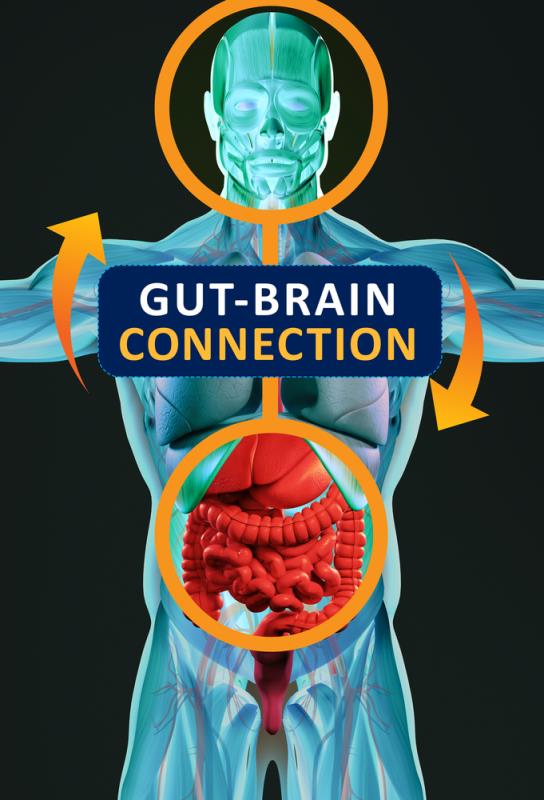
The global community is celebrating World Stomach Day on October 2, now in its second year, and the date itself reminds us of the very first report of Helicobacter pylori in 1982.
The stomach has always been a keen interest of physicians since ancient times due to its highly acidic content, and the fact that peptic ulcer disease was once a deadly disorder. In Malaysia, peptic ulcer surgery was regularly performed in the 1960s and 1970s after Dr S.M.A. Alhady pioneered the first surgical gastroenterology unit in Hospital Kuala Lumpur. [Aust N Z J Surg 1978;48:352–356] However, the rate of gastrectomy dropped significantly after the 1980s, with the discovery of H. pylori by Drs Barry Marshall and Robin Warren, and the H2-receptor antagonist by Sir James Black in 1972.
In the 2017 Journal of Gastroenterology and Hepatology Foundation (JGHF) Marshall and Warren Luminal Gastroenterology Lecture, Emeritus Professor Dato’ Dr Goh Khean Lee, of University Malaya, reported and proposed the ‘Racial Cohort Hypothesis’ ie, infection occurs within racial groups rather than between. [J Gastroenterol Hepatol 2018;33:1177–1184]
Malays had the lowest prevalence of H. pylori and gastric cancer, and in contrast, Indians had the lowest gastric cancer rates despite a highly prevalent H. pylori infection (the Indian enigma). Until now, the reasons for the racial cohort phenomenon are unclear but both environment and genetics may be important. For example, the Malays in Kelantan have protective genes against H. pylori, but they also have unique dietary practices (eg, budu) with antimicrobial properties. [Helicobacter 2013;18:338–346]
More recently, data indicates that the increased diversity of gastric microbiome seen in the less modernized individuals (eg, Orang Asli) could suppress the growth of H. pylori. [Microorganisms 2019;7:174] This data corroborates the observation of relatively low H. pylori rates seen among the Orang Asli in north-eastern Peninsular Malaysia. [Am J Trop Med Hyg 2010;83:1119–1122]
H. pylori infection remains a public health concern in Malaysia, and there is a worrying issue of poor eradication rates and antibiotic resistance. In a meta-analysis of primary resistance in the Asia-Pacific countries, clarithromycin resistance in Malaysia was reported at 6.8 percent but amoxicillin resistance was rare. [Lancet Gastroenterol Hepatol 2017;2:707–15] Regimes including high-dose amoxicillin with or without bismuth and the use of potent acid suppression (eg, vonoprazan) may improve eradication rates but more outcome data is awaited. While eradication therapy may perturb the gut microbiota including an increase in bacteroidetes and short-chain fatty acid (SCFA)-producing genera, the perturbation may be restored to baseline after a year. [PLoS One 2016;11(3):e0151893]
In a time-trend study over a 20-year period (1989-1990, 1999-2000 and 2009-2010) in University of Malaya, there was a steady decline in the prevalence of gastric cancer from 2.8 percent to 2.0 percent to 0.8 percent accompanied by a decline in the prevalence of H. pylori infection from 51.7 percent to 30.3 percent to 11.1 percent. [Aliment Pharmacol Ther 2016;43(7):831–837] In the review by KG Lim and Kandasami, late presentation and mortality-to-incidence ratio of gastric cancer remain high in Malaysia. [Asian Pac J Cancer Prev 2019;20:5–11] Authors of the review suggest early detection with open access endoscopy and risk reduction through public health advocacy must be promoted. More recent research implicates microbial dysbiosis in gastric carcinogenesis. A Malaysian study on gastric cancer found that there is enrichment of pro-inflammatory oral bacterial species, increased abundance of lactic acid-producing bacteria and enriched SCFA production. [Sci Rep 2017;7:15957]
With a shift towards lower prevalence of major acid diseases of the stomach, other ‘minor’ disorders termed ‘functional gastrointestinal diseases’ are becoming of interest. The origin of many dyspeptic symptoms implicates the stomach, especially with its recent revisited roles in food intake and maintenance of metabolic balance. Dyspepsia is present in about a quarter of population, and the risk factors include ethnicity (Malay and Indian), heavy chilli intake, regular analgesia, and chronic illnesses. [Aliment Pharmacol Ther 2010;31:1141–51] While dyspepsia does not impact mortality, quality of life is impaired and there is often associated psychological disturbance. H. pylori eradication, proton-pump inhibitors and antidepressants have moderate to high evidence of efficacy in the treatment of dyspepsia.
Evolution of stomach disorders in Malaysia is summarized in Figure 1. What is the future of stomach health issues in Malaysia? Firstly, H. pylori will remain relevant and there is a need for better eradication strategies. Secondly, early gastric cancer screening and awareness should be emphasized. Thirdly, functional and metabolic disorders will be on the increase due to rapid changes in diet and lifestyle. Lastly, public awareness is urgently needed on the benefits of maintaining a healthy stomach. For practitioners who require more information, the ‘Healthy Stomach Initiative’ is a good start. [http://www.hsinitiative.org/]
Let us celebrate World Stomach Day this October 2 with our patients, colleagues, and friends. Do visit our Facebook page, and if you have any pictures or messages, do share: https://www.facebook.com/gomsgh/.
Ed: Professor Dr Lee Yeong Yeh is Professor of Medicine and Consultant of Gastroenterology, Hepatology and Internal Medicine of the School of Medical Sciences, Universiti Sains Malaysia. Emeritus Professor Dato’ Dr Goh Khean Lee is Consultant of Gastroenterology and Hepatology at University of Malaya Specialist Centre. Reported on behalf of the Malaysian Society of Gastroenterology and Hepatology (MSGH).